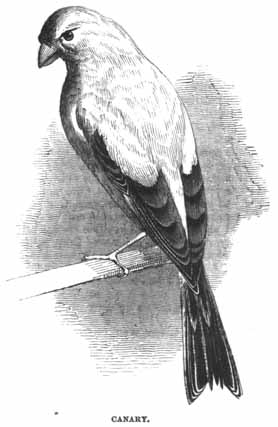
Canary - A Software Suite for Data Mining Education
Early coal mining practices utilized canaries to help miners monitor the condition of their mine. The Canary Software Suite helps data mining students experiment with data mining algorithms.
Canary is written in standard C++ and uses a graphical user interface developed with Qt. Each algorithm is packaged separately and can be used as a stand-alone application. Each algorithm package contains two folders; one containing a MS Windows executable and sample data files, the other contains all of the source files needed to modify the application or recompile for other operating systems. It is advised the you create a separate folder to download and unzip the Canary packages into.
You will need to download, unzip, and copy the Qt DLLs into your C:\Windows\System 32 folder if you want to run the Windows executable. No other programming experience is needed. You can also experiment with modifying and recompiling the application source code. You will need the Qt libraries and a compliant C++ compiler to do this. These can be obtained from Trolltech (the Open Source version of the Qt library is free under GPLv2).
This package is released under the GNU General Public License (GPL), version 2 (http://www.gnu.org/licenses/old-licenses/gpl-2.0.html). You are free to use and modify this application subject to the conditions of the GPLv2.
Please send any suggestions you may have for the improvement of this application to jalesh@webster.edu.
Thank you.
© 2007 John Aleshunas